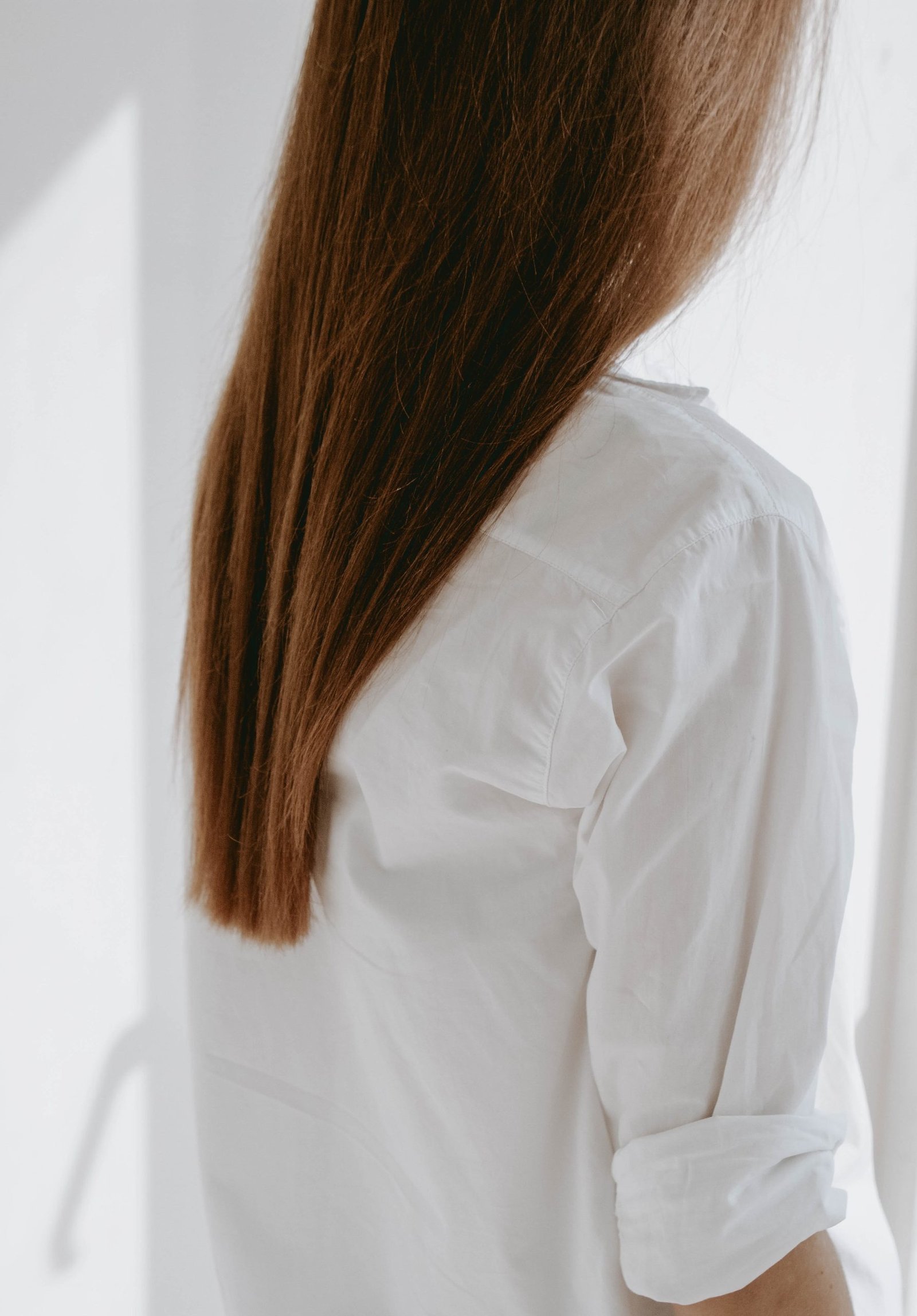Hair straighteners, also known as hair relaxers, are a popular choice for many people looking to soften and straighten their curly hair.
If you use hair relaxing treatments at home, you may be aware of the news regarding hair straightener litigations and have concerns about whether or not you are at risk.

Here’s what you need to know about hair straighteners and if they are safe to use.
The Chemical Makeup of Hair Straighteners
People have used chemical hair straightening products for over a century. Hair relaxers are chemical treatments used to straighten curly or wavy hair. The active ingredient in a hair relaxer is usually sodium hydroxide, which is also known as lye. This strong alkaline compound breaks down the bonds that give the hair its natural curl pattern and allows it to be reshaped into a straighter style. Other common chemicals found in hair straighteners include formaldehyde, parabens, phthalates, and benzophenone-3.
Although a potent chemical formula is necessary to straighten and relax hair with tight curls, there are potential health and safety risks.
Safety Risks
When you use a caustic solution like a hair relaxer treatment, it’s important to always read directions carefully and follow safety precautions. Read the warning labels even if you’ve used hair straightening products for years. Failure to wear gloves, protective clothing, and glasses may give you chemical burns. Even if you visit a hair professional and have them apply a hair straightening treatment, it only takes an accidental splash of product near your eyes or some product touching your skin to become a safety hazard.
Keep all hair straightening products out of reach of small children and store them in a safe place.
Health Risks Related to Hair Straighteners
Hair straightening products are responsible for various personal injuries, from minor skin burns to serious and life-threatening diseases. While some hair straightener users are used to a bit of discomfort when relaxing their hair, it doesn’t mean the product is safe or healthy.
Chemical Burns
The chemicals in hair straighteners can cause chemical burns on the scalp and any other area the product touches. Chemical burns can lead to infections, permanent scarring, and even hair loss if not treated properly.
Scalp Irritation
It doesn’t take much to irritate your scalp. Some beauty experts note that a traditional hair straightener solution has a pH level nearly two to three times higher than a healthy scalp. Like burns, scalp irritation can lead to bigger issues like infections, damaged hair follicles, and extreme pain.

Allergic Reactions
Some people experience mild to severe allergic reactions when using hair straightening products. Signs of a reaction may include itching, swelling, hives, and even trouble breathing. If you experience even a mild symptom, it’s important to discontinue use right away.
Eye Injuries
If you get hair straightener formula in your eye, even the smallest amount can burn or cause damage. So take all the necessary precautions to protect your eyes from the caustic product.
Cancer
Recent research reveals that women who use chemical straightening products are more likely to have certain cancers. Women who use these hair products frequently and start at an early age are at risk of developing uterine, ovarian, endometrial, and breast cancers.
While uterine fibroids and endometriosis may not lead to reproductive cancers, they are significant health issues that can affect women who use hair straighteners.
Final Thoughts
Even when using extreme precautions, hair straighteners can pose a significant risk to your health. Short-term or one-off use can increase your risk of injuries to your skin and scalp, which can result in permanent hair loss. People who still want to straighten their hair, but don’t want to risk injury can benefit from safer options like non-chemical products or opt for a more natural look.







